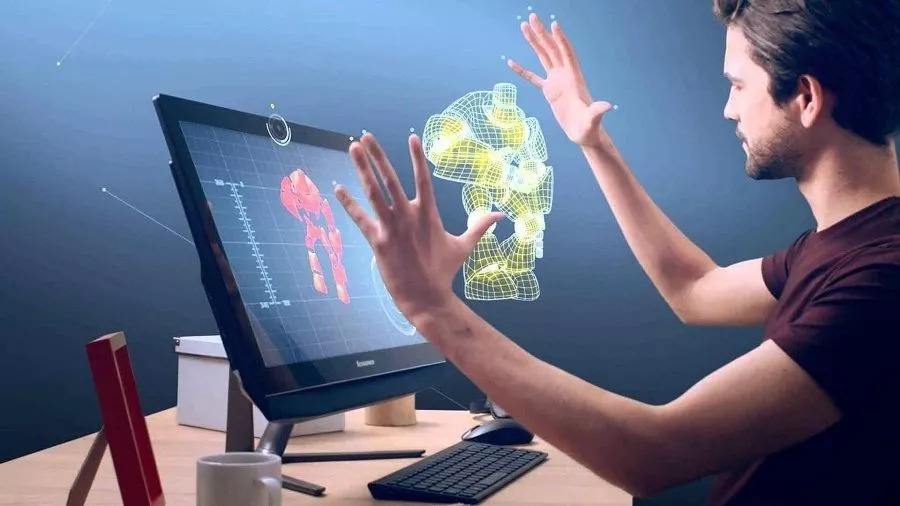On October 28, 2021, the American social media Facebook (Facebook) announced that the platform brand will be partially renamed “Meta”, opening a new trend of “Metaverse”. Metaverse is expected to integrate social, gaming, tourism, exhibition, education, office and other scenarios into the future ecological landscape. People can use virtual hosts, VR, AR and other smart devices to complete and communicate with each other through touch, sound, gestures and even neural signals. The deep interaction of the virtual world makes the “virtual” more “real”.
PwC estimate virtual reality (VR) and augmented reality (AR) can bring net economic benefits of $1.5 trillion by 2030. But where did PwC get that number from? As you can imagine, estimating the potential impacts of new technologies like VR and AR is tricky and uncertain. The task is even more difficult when these technologies are expected to develop rapidly and become more deeply ingrained in our everyday lives. But PwC feel it’s important to highlight the potential in a way that give they clients the facts to build a business case to act – and that starts with a robust methodology.
PwC approach was split into three key stages
1. Identify VR/AR use cases
PwC first talked with VR/AR experts in the field to identify a list of use cases for these technologies that could realistically be implemented by 2030. We then reduced this to focus on the applications that are expected to have the largest impacts on the global economy. At this stage we quickly realised just how transformative VR and AR can be in a number of contexts, from education and training right through to enhancing consumer experiences in the video gaming industry.
2. Quantify productivity uplift
PwC used a range of sources and techniques to estimate the potential productivity uplift for each use case. This meant drawing on existing research on their adoption and associated productivity increases, forecasts from research conducted by ABI Research, and our own analysis to estimate productivity changes. It soon became clear the impacts these technologies could have were going to be substantial.
To help put some of this into perspective, take an example of VR/AR applications in the global healthcare industry. In 2018, the global healthcare expenditure totalled around $7.7 trillion. So just imagine if VR and AR technologies could increase productivity levels and reduce costs by even 0.5 percent. VR and AR can help diagnose patients more efficiently and ensure higher success rates in surgical procedures. Already that would be a direct impact of $385 billion on the global economy!
One of the central parts to PwC analysis is the use of an ‘S-shaped’ adoption curve, credited to Pierre-François Verhulst in 1838. It assumes that a society’s adoption of new ideas and technologies can be slow in early years until it reaches a “tipping point” and adoption rates then rapidly increase. We developed individual adoption curves for each country which was dependent on how fast they adopted new technologies historically as well as their current level of VR and AR maturity. You can see an illustrative graph below, which highlights each stage of adoption.
Illustration of the ‘s-curve’ adoption model
3. Run our findings through a dynamic economic model
The final step was to incorporate all of this information into a global dynamic computable general equilibrium (CGE) model. This model captures not only the direct potential economic impact of VR/AR, but also their knock-on impacts across economies and the globe. It does so by simulating how households, businesses and governments interact with one another given our various technology use cases. This is a similar model we used for our other groundbreaking studies, such as ‘Sizing the prize: What’s the real value of AI for your business and how can you capitalise?” and is an approach we have a lot of trust in.
This type of model isn’t just unique to PwC – it’s widely used in policy-making as it offers a highly credible approach to simulating policy changes and the likely impact on economies.

